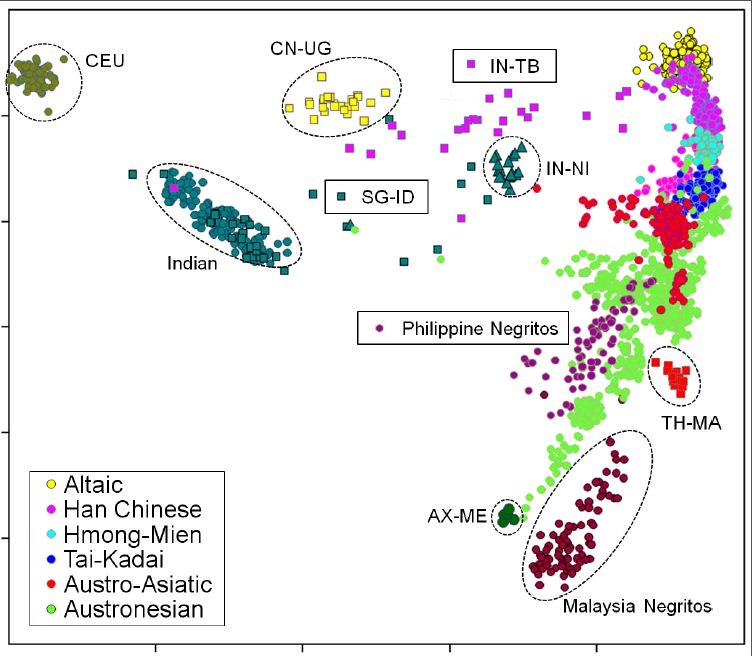Innovative moPepGen Algorithm Enhances Detection of Genetic Mutations

In a significant advancement for the field of proteogenomics, researchers from the University of California, Los Angeles (UCLA) and the University of Toronto have developed a new algorithm, moPepGen (multi-omics peptide generator), designed to improve the detection of hidden genetic mutations that impact protein expression. This algorithm, which utilizes a graph-based approach, promises to enhance the identification of variant peptides, a task that has historically posed challenges for existing proteomic tools. Published in the prestigious journal Nature Biotechnology on June 16, 2025, the study titled "Identification of non-canonical peptides with moPepGen" sheds light on the importance of accurately detecting these hidden protein variants, which can play critical roles in disease progression and treatment, particularly in cancer.
Proteogenomics is an emerging field that investigates how genetic information translates into protein expression and function. According to Dr. Paul Boutros, Professor of Urology and Human Genetics at the David Geffen School of Medicine at UCLA and co-senior author of the study, "By making it easier to analyze complex protein variations, moPepGen has the potential to advance research in cancer, neurodegenerative diseases, and other fields where understanding protein diversity is critical." This algorithm is particularly relevant in the context of personalized medicine, as it facilitates the identification of cancer-specific variant peptides that could serve as neoantigens, essential for the development of targeted cancer vaccines and immunotherapies.
One of the significant challenges in proteogenomics has been the difficulty in detecting non-canonical peptides (NCPs)—peptides derived from regions of the genome not typically classified as protein-coding genes. Existing methods have often fallen short, exhibiting high false-negative rates and cumbersome computational requirements. In contrast, moPepGen is engineered to identify a broad spectrum of protein variations resulting from complex genetic modifications, such as alternative splicing, circular RNAs, gene fusions, and RNA editing.
The researchers applied moPepGen to analyze proteogenomic data from various tumor types, including five prostate tumors, eight kidney tumors, and 376 cell lines. The findings were profound; moPepGen successfully identified previously undetectable protein variations linked to genetic mutations, gene fusions, and other molecular changes. Notably, the algorithm demonstrated a performance improvement, detecting four times more unique protein variants than previous methodologies.
Dr. Chenghao Zhu, a postdoctoral scholar in the Department of Human Genetics at UCLA and co-first author of the study, emphasized the transformative nature of this algorithm, stating, "We developed moPepGen to help researchers determine which genetic variants are truly expressed at the protein level, addressing a long-standing challenge in the proteogenomic community. This provides a more comprehensive view of protein diversity and gives researchers a much more accurate picture of how mutations influence disease."
The potential implications of moPepGen extend beyond cancer research, with applications in neurodegenerative diseases and other fields where understanding protein diversity is essential. As the algorithm is freely available for researchers and can seamlessly integrate with existing proteomics workflows, its accessibility could catalyze further advancements in the understanding of diseases linked to genetic mutations.
In summary, the introduction of the moPepGen algorithm marks a pivotal moment in the realm of proteogenomics, offering a powerful new tool for researchers aiming to unravel the complexities of genetic mutations and their implications for human health. The ongoing research and applications of this innovative algorithm may pave the way for improved diagnostic and therapeutic strategies in precision medicine, highlighting the continued importance of interdisciplinary collaboration in scientific advancement.
Advertisement
Tags
Advertisement





